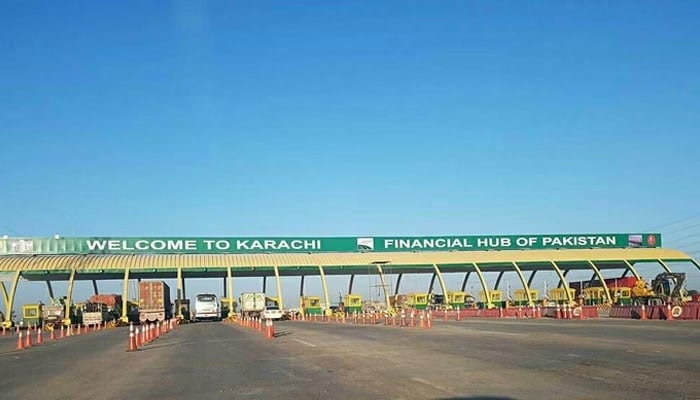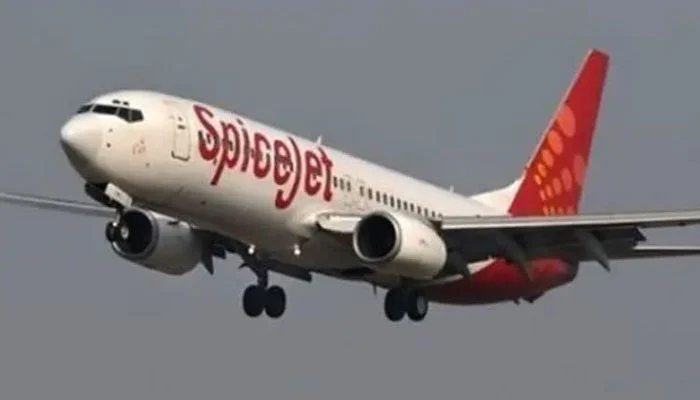The M-10 Motorway project is poised to transform the way Karachi and Sindh connect with the rest of Pakistan. Currently known as the Northern Bypass, the 57-kilometre stretch will be expanded and upgraded into a 134-kilometre, six-lane motorway directly linking Karachi to the M-6 Motorway at Jamshoro. With its ambitious design and strategic purpose, the project is expected to ease urban congestion, enhance trade, and unlock new opportunities for regional development.
The Vision Behind the M-10 Motorway Project
Karachi, Pakistan’s largest city and economic hub, has long struggled with traffic bottlenecks caused by heavy transport vehicles moving through its main arteries. The M-10 Motorway project seeks to address this challenge by creating a dedicated high-speed route for goods and passenger traffic. By diverting heavy transport away from congested urban roads, the project aims to significantly reduce pressure on Karachi’s main corridors.
Sindh Chief Minister Syed Murad Ali Shah highlighted the importance of the project, stating that M-10 would permanently resolve Karachi’s traffic bottlenecks while strengthening the entire country’s economy. He emphasized that the project would ensure direct port-to-upcountry connectivity, benefitting not only Karachi but also Pakistan’s logistics and industrial sectors.
Linking Karachi with the National Motorway Network
One of the defining features of the M-10 Motorway project is its direct link with the M-6 Motorway, also known as the Hyderabad–Sukkur Motorway. This connection will complete the north–south motorway backbone of Pakistan, stretching from Peshawar to Karachi. Once completed, it will reduce travel time for goods, improve road safety, and enhance efficiency in transporting cargo from Karachi’s ports to upcountry destinations.
The project involves two major segments:
- Upgrading the existing Karachi Northern Bypass (34 km) into an eight-lane motorway, connecting the ICI Bridge to Hamdard University Chowk.
- Constructing a new 134 km six-lane motorway through the Kirthar Range, linking Hamdard University Chowk directly to the M-6 at Jamshoro.
Additionally, a 23 km stretch from Hamdard University Chowk to the M-9 will also be expanded into a six-lane road, creating a seamless high-capacity corridor from Karachi Port to Jamshoro.
Economic Significance of the M-10 Motorway Project
Pakistan’s economy is heavily dependent on Karachi’s ports, which handle more than 60% of the country’s imports and exports. However, traffic congestion in the city has long hampered efficiency in logistics and trade. The M-10 Motorway project is expected to change that by:
- Reducing travel time for goods transport from Karachi to northern regions.
- Lowering vehicle operating costs and fuel consumption.
- Improving safety by separating heavy traffic from city routes.
- Supporting regional industries with faster supply chain connectivity.
Experts believe that the project will also help reduce Karachi’s environmental burden, as fewer heavy trucks will clog city roads, leading to lower emissions and less road wear and tear.
Integration with the M-6 Motorway
The M-6 Motorway, a long-awaited project between Hyderabad and Sukkur, has received final approval under the Public Sector Development Programme (PSDP) at an estimated cost of Rs363 billion. Once completed, it will connect with the M-10 Motorway project, creating a continuous link from Peshawar to Karachi.
According to the National Highway Authority (NHA), the M-6 will be implemented in five phases, with the Islamic Development Bank funding two sections. A Chinese construction company has also expressed interest in completing all five sections. This motorway is expected to unlock significant opportunities for interior Sindh by connecting its towns and cities with national and regional markets.
Current Progress and Next Steps
At present, the M-10 Motorway project is under feasibility study by NESPAK. The study will finalize technical designs, environmental assessments, and cost estimates before construction begins. Once launched, the project will be implemented in phases to ensure timely and efficient completion.
Federal Communications Minister Aleem Khan has assured that both the federal ministry and the NHA are fully committed to completing M-10 and M-6 in a transparent manner. Provincial and federal coordination remains critical, as these projects will serve as lifelines for Pakistan’s trade and connectivity.
Long-Term Benefits for Karachi and Beyond
For Karachi, the completion of the M-10 Motorway project will mean a permanent solution to decades-long traffic congestion. For the wider region, it will boost trade competitiveness, reduce logistics costs, and create jobs in construction, transport, and allied industries. Improved connectivity will also support economic activity in smaller towns along the route, especially in interior Sindh.
The M-10 Motorway project is not just about expanding roads; it is about transforming Pakistan’s connectivity and strengthening its economic backbone. By linking Karachi directly with the M-6 Motorway and completing the national motorway network, it will bring relief to urban commuters, efficiency to trade routes, and opportunities for economic growth across the country. Once completed, it will stand as one of the most vital infrastructure achievements in Pakistan’s history.



